Provencal Herbs: A Fragrant Journey Through France’s Flavorful Traditions
Table of Contents
- Introduction to Provencal Herbs
- What Are Provencal Herbs?
- The Usual Suspects – Key Ingredients
- Why Provence? A Taste of Terroir
- 5 Practical Cooking Tips with Provencal Herbs
- Deep Dive: How Each Herb Elevates Your Dish
- Storage Secrets: Keep Your Herbs Fresh as a Lavender Field
- Modern Twists on Classic Blends
- Culinary Trivia & Fun Facts
- Conclusion
Introduction to Provencal Herbs
If your taste buds could vacation, they’d probably book a one-way ticket to Provence. Known for its sun-soaked hills, olive groves, and vineyards, this region in southern France also gives us one of the most beloved spice blends in the culinary world: Provencal herbs.
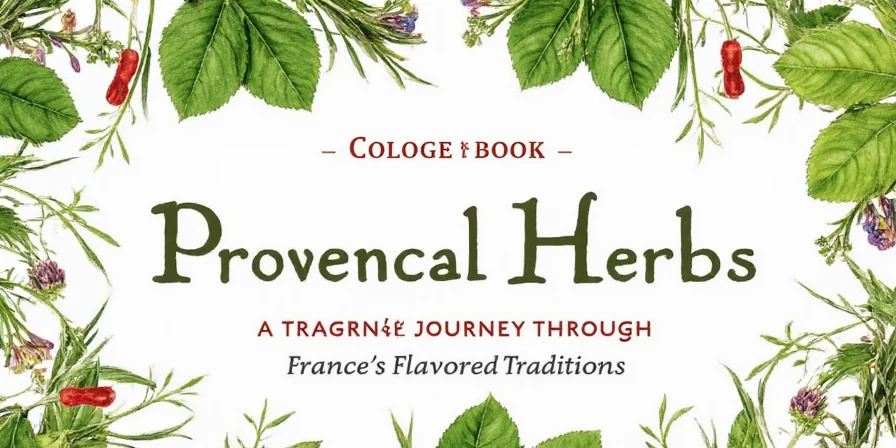
This isn’t just a mix of dried leaves—it’s an aromatic passport to Mediterranean cuisine. Whether you’re roasting vegetables, seasoning grilled meats, or baking rustic bread, Provencal herbs add that je ne sais quoi to your dishes.
What Are Provencal Herbs?
At their core, Provencal herbs are a blend of aromatic plants native to the sunny hills of southern France. While the exact composition can vary by brand or chef, there are a few stars that almost always make the cut:
| Herb | Description | Common Use |
|---|---|---|
| Basil | Fragrant, sweet, and slightly peppery | Pesto, tomato sauces, salads |
| Thyme | Earthy with a subtle minty undertone | Stews, roasted meats, soups |
| Rosemary | Pine-like aroma, strong and resinous | Roasted potatoes, lamb, focaccia |
| Oregano | Robust, spicy flavor | Tomato-based dishes, grilled veggies |
| Lavender | Floral, delicate (used sparingly) | Desserts, marinades, teas |

The beauty of this blend lies in its versatility. Some versions might include savory, sage, or even marjoram—depending on who’s mixing it!
Why Provence? A Taste of Terroir
Just like wine, the unique climate and soil of Provence influence the flavor profile of these herbs. The warm Mediterranean sun and dry air help concentrate essential oils, giving them more punch than their supermarket cousins grown elsewhere.

Chefs and home cooks alike reach for Provencal herbs not only for their flavor but for the story they tell—a story of sun-drenched summers, market stalls buzzing with chatter, and meals shared with family under old oak trees.
5 Practical Cooking Tips with Provencal Herbs
- Add early, cook slow: For best results, add herbs at the start of cooking in stews or roasts so the flavors infuse deeply.
- Toast to unlock flavor: Lightly toast the dried herb mix before using to bring out more aroma and complexity.
- Use oil to bloom the flavor: Sauté herbs in olive oil before adding liquids to awaken their natural oils.
- Pair wisely: They go great with tomatoes, olives, garlic, citrus, and anything grilled.
- Less is more: Especially when it comes to lavender—its floral notes can quickly overpower other ingredients.
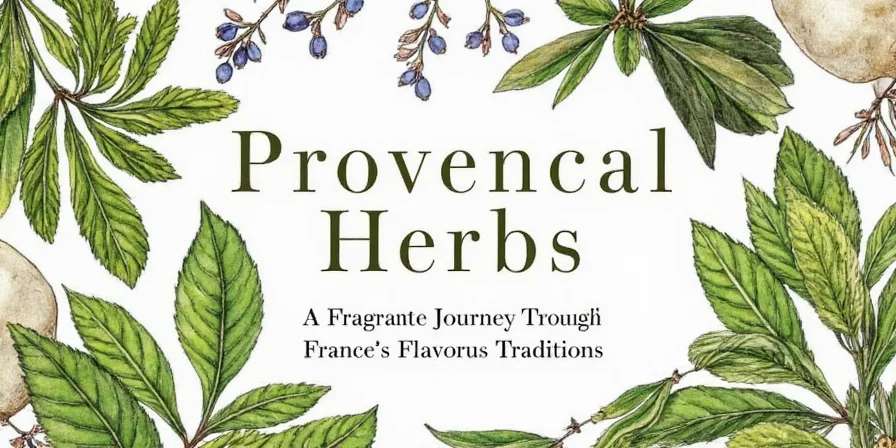
Deep Dive: How Each Herb Elevates Your Dish
Let’s break down the usual suspects and what makes each one a superstar in the kitchen:
- Basil: Adds a bright, fresh note. Think pesto, caprese salad, or sprinkled over pizza.
- Thyme: Earthy and subtle, it pairs beautifully with mushrooms, beans, and roasted meats.
- Rosemary: Bold and piney, use it to season roasted potatoes, grilled lamb, or focaccia.
- Oregano: Punchy and spicy, it shines in tomato sauces and grilled veggie dishes.
- Lavender: Floral and delicate. Ideal in desserts, marinades, or herbal teas—but use it like perfume: sparingly.
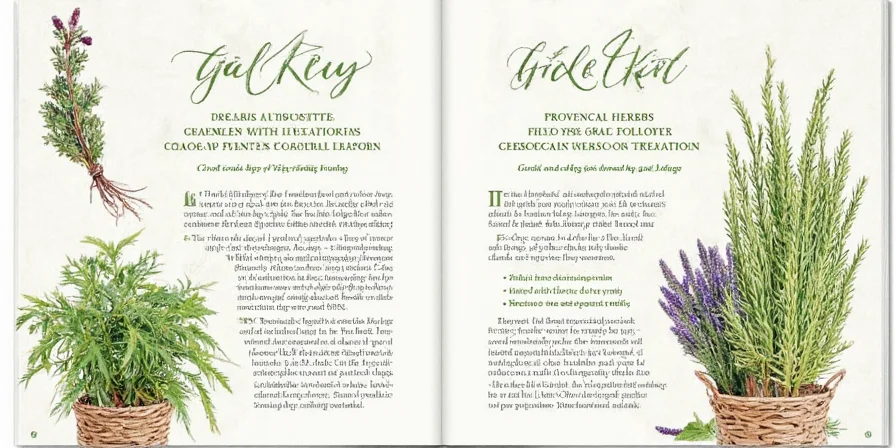
Storage Secrets: Keep Your Herbs Fresh as a Lavender Field
Want your herbs to stay fragrant and potent longer? Here’s how to store them like a pro:
- Keep them cool: Store in a dark, dry place away from heat sources.
- Airtight is right: Use glass jars instead of plastic bags to preserve freshness.
- Don’t rush to grind: Whole leaves retain flavor longer than ground powders.
- Check expiration dates: Dried herbs last about 1–3 years; after that, their potency fades.
- Revive tired herbs: Gently warm in a dry pan to restore some life before using.
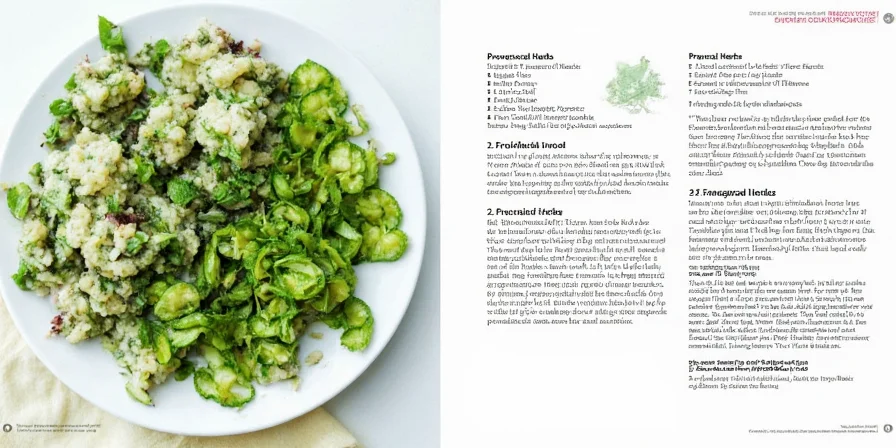
Modern Twists on Classic Blends
While traditional Provencal herb mixes stick to the basics, modern chefs love experimenting. Try these creative variations:
- Smokey Provence: Add a pinch of smoked paprika or chipotle powder for a bold twist.
- Herbes de Nice: Swap lavender for basil and mint for a coastal, fresher flavor profile.
- Spicy South: Toss in crushed red pepper flakes for a kick in every bite.
- Citrus Kick: Zest of lemon or orange adds brightness to the blend.
- Dessert-ready blend: Combine lavender, thyme, and orange zest for use in shortbread or custard.
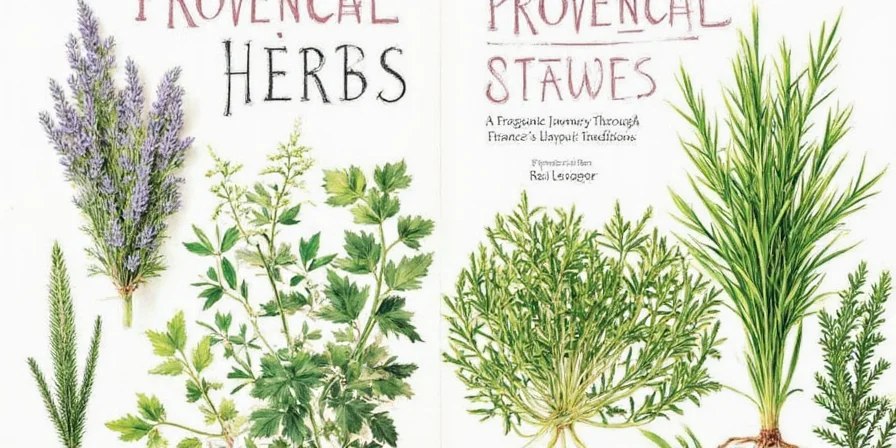
Culinary Trivia & Fun Facts
You know you’re a spice geek if you read this far—and here’s some bonus trivia to reward your curiosity:
- In medieval times, lavender was believed to purify the air and ward off plague.
- Thyme was once placed in soldiers’ scarves for courage during battle.
- “Herbes de Provence” became widely popular outside of France in the 1970s, thanks to gourmet food trends.
- Lavender honey from Provence is one of the most sought-after varieties in the world.
- The word “oregano” comes from Greek, meaning “joy of the mountain.”
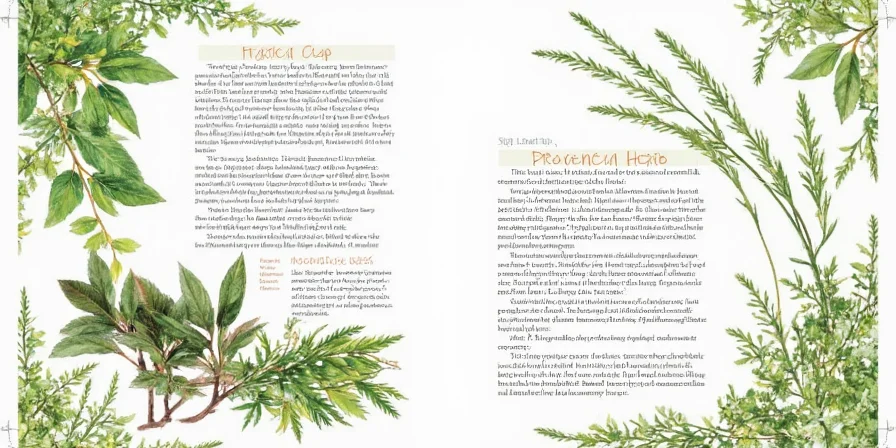
Conclusion
Whether you’re simmering a ratatouille, grilling zucchini, or whipping up a quick vinaigrette, Provencal herbs offer a sensory shortcut to southern France without ever leaving your kitchen.
From understanding the individual roles each herb plays to storing them properly and experimenting with new twists, this blend deserves a permanent spot in your pantry.
So grab your favorite mix—or better yet, make your own—and let your next meal smell like sunshine, lavender fields, and laughter around a long wooden table. Because really, who doesn’t want that kind of joy on a plate?
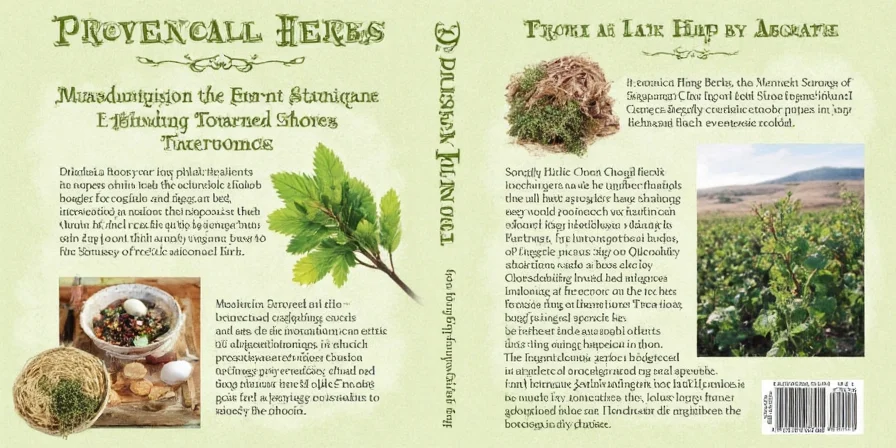

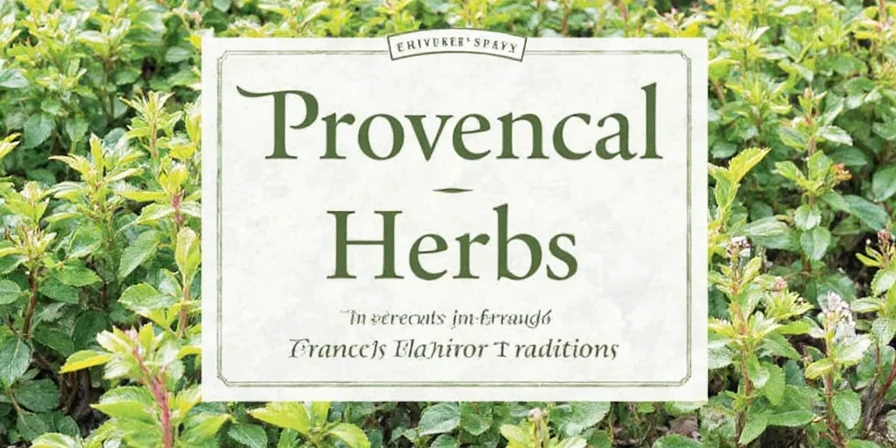









 浙公网安备
33010002000092号
浙公网安备
33010002000092号 浙B2-20120091-4
浙B2-20120091-4